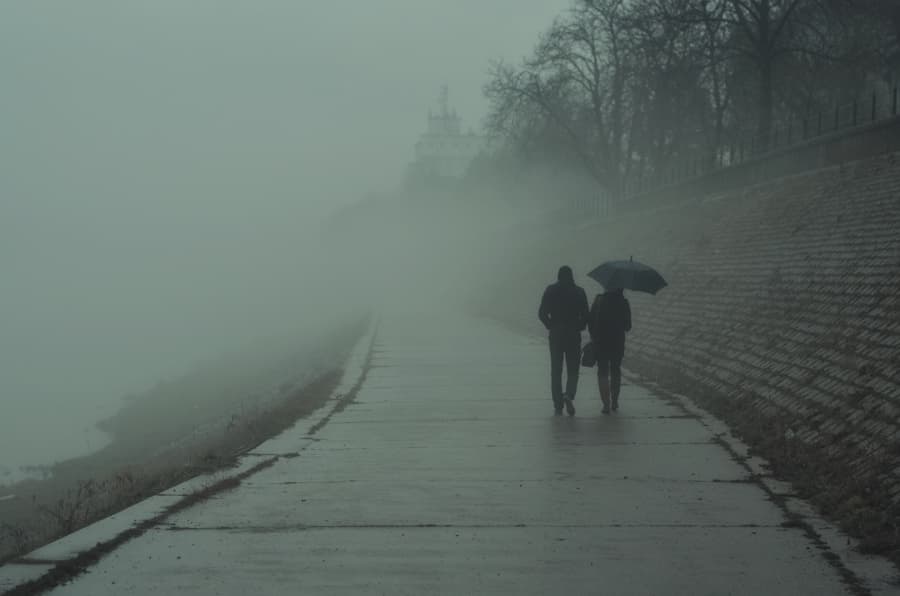
Harsh Weather Effects on Concrete
If you’re planning to pour concrete to finish a project or repair a walkway, you should be aware of the effects harsh weather has on setting concrete. Best Concrete Mix Corp. provides a variety of commercial and residential construction services in Flushing, New York. We’re constantly using concrete to build or strengthen structures, and along the way, we’ve learned a few things about concrete that will prove very useful to you. Here, we describe how harsh weather will negatively affect the ready-mix concrete.
Moisture from Rain or Snow
One of the biggest hazards you’ll encounter when pouring and curing concrete is rain and snowfall. If concrete is to cure properly, the water to mixture ratio needs to be as precise as possible if it’s going to harden and maintain its integrity. If the concrete is exposed to rain, snow, or any other source of water, it’ll take significantly longer to set. And even when it’s finally cured and hardened, the strength and integrity of the concrete will have been severely compromised and will be prone to chips and damage, resulting in costly repairs.
Before deciding on a date to mix and pour the concrete, check the forecast ahead of time to make sure there’s no snow or rain in the near future. It can take up to two days for concrete to completely cure and solidify, so make sure you give yourself a buffer day just to be safe.
Cold or Freezing Temperatures
In addition to the excess hydration caused by snow and rain, the cold and potentially freezing temperatures will harm the concrete. Colder ambient temperatures slow the curing process of the concrete, and if the concrete is curing at a slower rate, it has a higher chance of being exposed to excess water.
But the integrity of the concrete doesn’t stop when the surface is solidified. There are small crystals that grow when it begins to cure, and more crystal development means stronger concrete. At lower temperatures, crystal formation is stunted, and after a certain point, the growth is halted entirely. The damage caused by this is irreparable, and you’ll certainly have to repair that section.
Additionally, avoid pouring concrete over frozen ground, like soil. This is because when it begins to thaw, it has the potential to crack the concrete that’s been laid on top of it.
Curing Concrete in the Heat
You’ll also run into problems if the ambient temperature is too hot, or if the concrete mixture reaches temperatures above the ambient. If you’re planning to put down concrete in the summer months, plan the pour so that it has time to set and cure in a more temperate environment.
In hotter environments, the concrete will set faster than it usually would. While this sounds like a time-saving benefit, the downside to this outweighs the time saved. Hot conditions cause the water in the mixture to evaporate at an accelerated rate, which causes the top of the concrete to shrink. This ruins uniformity throughout the concrete, and the lack of moisture may cause the hardened concrete to become brittle. When this happens, the finished product may be brittle and more prone to cracks and breaks.
Contact Us for Professional Concrete Advice
To learn more about harsh weather effects on ready-mix concrete, contact Best Concrete Mix Corp. in Flushing, NY, today.


